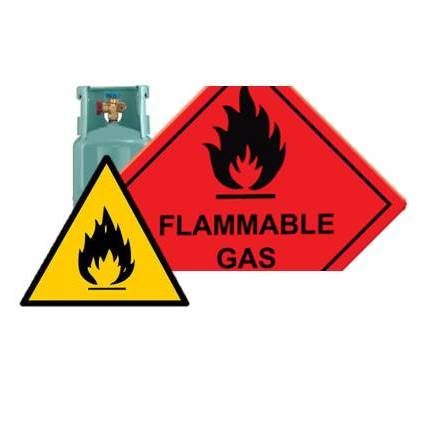Barriers to use of flammable refrigerants

Barriers relating to refrigerant charge size that have restricted the wider use of hydrocarbon refrigerants are due to be removed. CEN-CENELEC (European standardisation bodies) have begun to act on the mandate from the European Commission to alleviate barriers created by European standards that limit wider use of hydrocarbon refrigerants.
It has been identified by the EC that potentially these standards could affect the EU’s ability to achieve F-Gas targets and obligations under the Kigali Amendment to the Montreal Protocol. The EC therefore mandated European standardisation bodies to update relevant European standards.
The IEC proposal (currently at the Committee Draft for Vote stage) is to increase the refrigerant charge limit in the IEC 60335-2-89 above the current 150 g limit with limits being based on the LFL (lower flammability limit) of the refrigerant. The increase in charge limit will cover all safety classes of flammable refrigerants, but with different limits. The draft amendment requires certain construction requirements, a minimum room area where the equipment is placed and also requires a safety leakage test to prove that flammable concentrations cannot be accumulated close to the equipment
The updated standard is expected in 2019 with the Committee Draft for Vote being circulated at the end of 2017 with a vote in the first half of 2018. If more than two-thirds of the committee members are in favour, the draft will progress to the final vote phase by the end of 2018.
Contact us at RD&T if you would like to know more about using hydrocarbons safely (alan.foster@rdandt.co.uk).